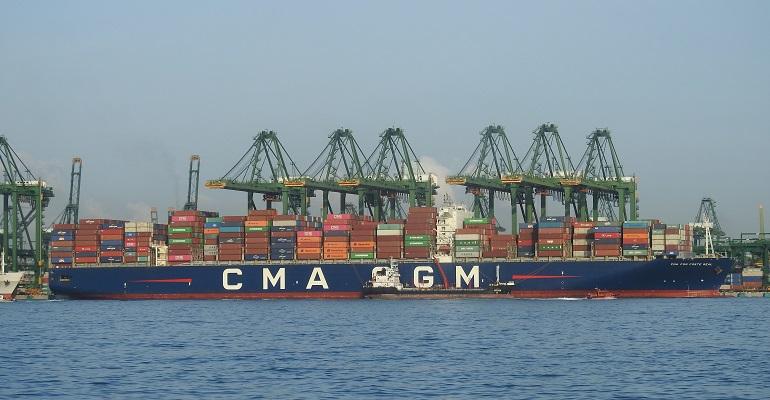Contract rates negotiated between lines and shippers are starting to follow spot, which while plateauing remain at extremely high levels.
Xeneta said described January’s 5.9% rise in long-term contracted rates, according to its XSI Public Index, as being “blown out of the water” by a 9.6% jump in February. It noted that all key shipping corridors saw steep climbs in contract rates.
“The demand for available containers is well-reported, as is congestion at ports (particularly in the US) and the disruption caused by coronavirus. This continues to fan the flames of red hot rates, giving the carriers a huge advantage over shippers when it comes to negotiations,” said Xeneta ceo Patrik Berglund.
“The operators have succeeded in maintaining all-time high spot rates and this gives them ammunition for negotiating favorable long-term contracts. That creates an unpalatable choice for shippers. Namely, run the risk of playing the spot market and hope for lower rates, or lock into contracts and secure your supply chain, but at a high price. And of course, if you’re a smaller shipper there’s a real danger of being sidelined for larger or more profitable customers,” he said.
Bimco chief analyst Peter Sand noted in his latest report on the container market that contract rates were slowly following spot rates as shipping lines look to lock in the best possible year ahead.
“In practice, this has translated into more differentiation between what shippers are being offered. The largest customers, which carriers judge they can’t afford to lose, are more or less seeing prices from last year’s contracts being rolled over into new contracts,” he said.
“However, smaller shippers (still large, but not a must-have for carriers) are being offered higher contract rates – and, in many cases, have been unwilling to sign 2021 contracts at this stage.”
Smaller shippers were instead choosing to take temporary contract extensions to the end of Q1 while continuing contract rate negotiations.
“This is especially the case on trades between the Far East, the US West Coast and Europe. It means that, on these trades, long-term rates are unlikely to stay as high as they are currently once these temporary extensions run out and they agree on new long-term contracts. The new contracts will have higher prices than last years’ contracts, but will be lower than the temporary extensions,” Sand commented.
Copyright © 2024. All rights reserved. Seatrade, a trading name of Informa Markets (UK) Limited.
Add Seatrade Maritime News to your Google News feed.  |

